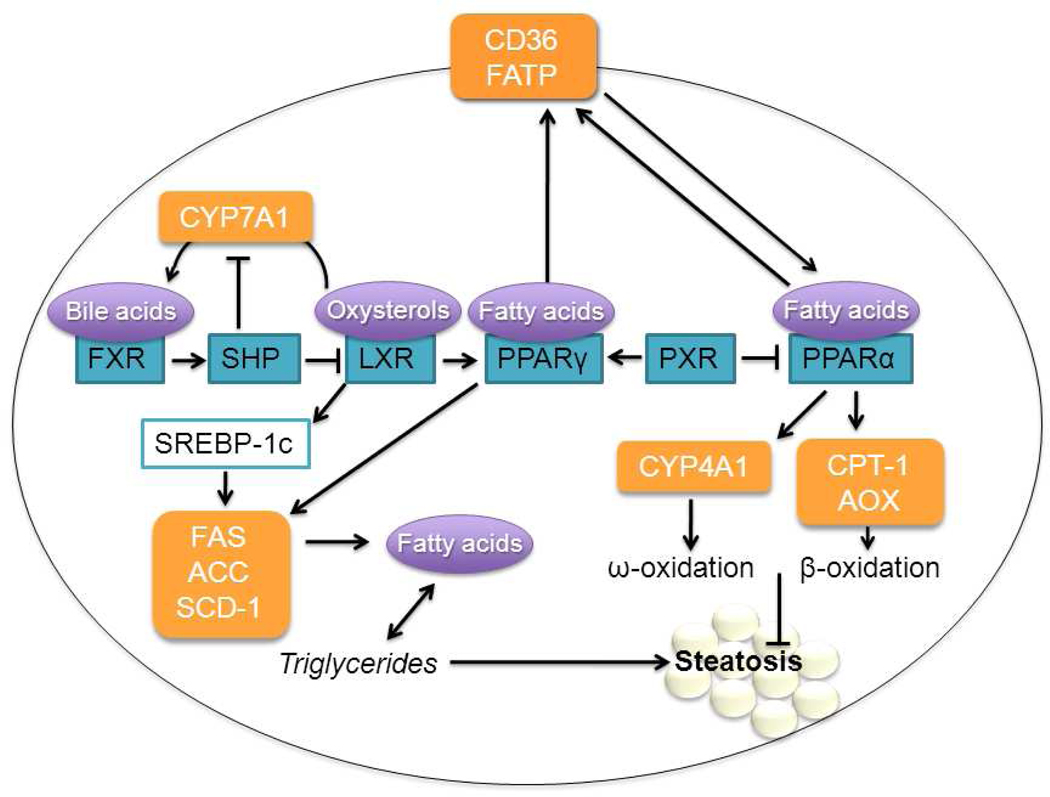Figure 1. Nuclear receptor control of lipid homeostasis in the hepatocyte.
PPAR-controlled fatty acid transporters CD36 and FATP import fatty acids into the hepatocyte (Motojima, 1998). These fatty acids can then be stored as triglycerides or undergo ω- or β-oxidation, principally controlled by PPARα (Reddy, 2001). Inhibition of the PPARα pathway can lead to steatosis. LXR induces lipogenic transcription factor SREBP-1c, which acts by up regulating lipogenic genes including FAS, ACC, and SCD-1 (Lima-Cabello, 2010). PPARγ also induces these genes (Gavrilova, 2003; S. Yu, 2003). PXR promotes lipogenesis through inhibition of PPARα and activation of PPARγ (Zhou, 2006). FXR inhibits lipogenesis through SHP induction, which blocks LXR. SHP also inhibits CYP7A1, the rate-limiting enzyme for the formation of bile acids (Gadaleta, 2010). ACC, acyl-coA carboxylase; AOX, acyl-coA oxidase ;CPT-1, carnitine palmitoyl transferase 1; CYP4A1, cytochrome P450 4A1; CYP7A1, cholesterol 7α-hydroxylase; FAS, fatty acid synthase; FATP, fatty acid transport protein; FXR, farnesoid X receptor; LXR, liver X receptor; PPAR, peroxisome proliferator activated receptor; PXR, pregnane X receptor; SCD-1, stearyl-coA dehydrogenase; SHP, small heterodimer partner; SREBP-1c, steroid regulatory element-binding protein.

